All about the naperniki
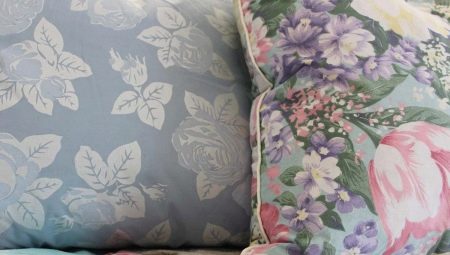
Today we cannot imagine a quality pillow without a good pillow case. And although pillows stuffed with feathers are rarely found, traditionally fabric covers form the basis for sewing mattresses, blankets and, of course, products that we put under our heads while sleeping. From the publication you will learn what kind of naperniki are, what materials are sewn from, how to replace such covers at home and how to use them correctly.

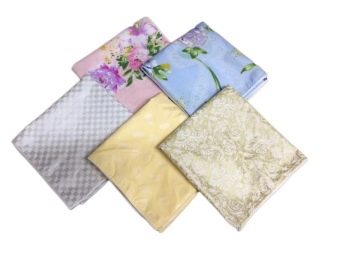
Peculiarities
Bedding covers have been invented for a long time. Previously, a dense pillowcase had to ensure that the contents were kept securely in a bird's feather pillow. Today, the pillow case performs not only a protective function, but also a hygienic one.
A feather is rarely found as a filler, but the density of the cover remains an important feature of this product. The denser the fabric of the pillow, the longer the pillow will remain a pillow, and not turn into a shapeless thing that is no longer suitable for sleeping.
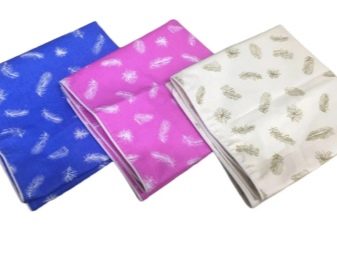
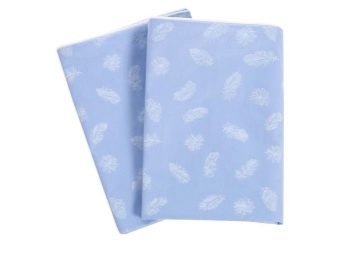
They also pay attention to the naturalness of the material: in view of the fact that today pillows are filled with artificial filler, great attention is paid to the natural fibers of the pillowcase and pillowcase. This is necessary to ensure normal air exchange.
Views
A pillow cover is not the only thing considered to be a napert. It is also a kind of fabric cover for blankets and mattresses. Naperniki are sewn either without a slot (they sew all sides tightly), or they are made with a zipper. The latter are more often found on pillows, but large products come in one single piece.

Of course, products with a zipper are easier to replace - there is no frequent need for this, but hygiene standards dictate their own rules and they must be followed. In order for the accessory to serve for a long time and deliver comfort and convenience during rest, several factors must be taken into account:
- the size and shape of the pillowcase;
- quality of tailoring and correct use of the product;
- the fabric base should be made of hygroscopic material with high air permeability.


Let's consider these points in detail.
Materials (edit)
Most often, naperchki are sewn from teak - this is a reliable protection for feather products. Teak is a rather dense fabric and it is not so easy for feather and down to "break through" through it. The natural basis of this material is cotton, sometimes linen.
For sewing covers, choose teak with a density of at least 140 g per square meter. To reduce the cost of the product and increase the strength index, some manufacturers mix natural fiber with synthetic thread. But such a cover will turn out to be rude and will “rustle”.
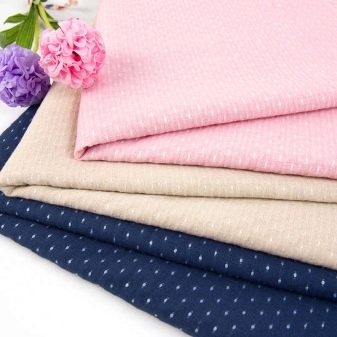
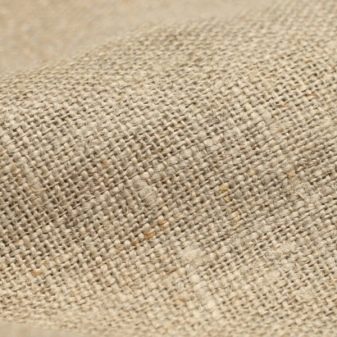
Satin, coarse calico, flannel, bamboo fabrics are also used as textiles for bedcloths - these are natural natural compounds. But lately, blended bases or synthetic materials have been increasingly used.
For example, jacquard bedding covers are popular. This expensive fabric combines synthetic and natural fibers. Jacquard products look rich and are not cheap.

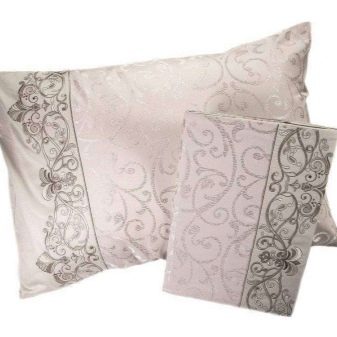
Jacquard quilts look especially good. Some people prefer not to put bedding on them, but it is better to use all the elements as intended. We must not forget that the naperniki are an intermediate cover.
They also sew such products from percale. - this is a fairly wear-resistant material with a silky base, but the cambric naperl will wipe off quite quickly. There are also waterproof options - here it was not without synthetics, but with such bedding you can safely spend the night in nature.
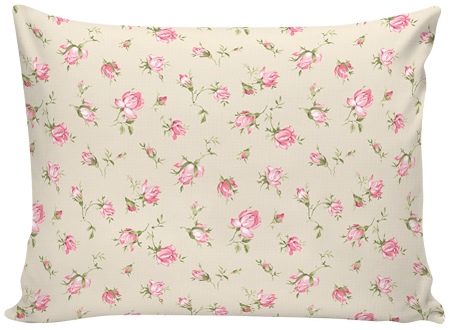
Dimensions (edit)
If we are talking about pillows, then, of course, the naperniki are sewn to the general standards: 50x50, 50x70, 60x60, 70x70 cm (these are mainly adult and teenage options) and 40x40, 40 by 60 cm (for teenage and children's products).
Mattress toppers and covers for blankets are sewn by the type of bedclothes, but, of course, these are completely different sizes. - in this case, we can talk about single, one-and-a-half or double copies. The latter can be 200x220 cm - a standard option for a double bed.
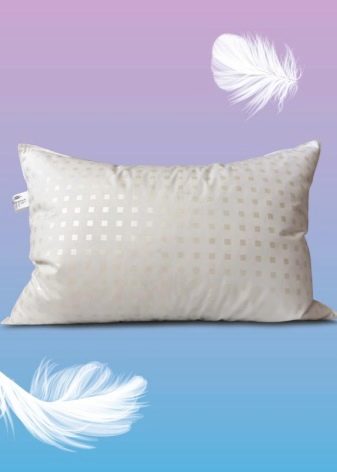

How to replace?
Every housewife thinks about replacing the pillow when she changes the bedclothes and sees the greasy bed-liner. But do not rush to replace the entire item, you can change only the cover itself at home, pouring the contents into a newer and cleaner one.
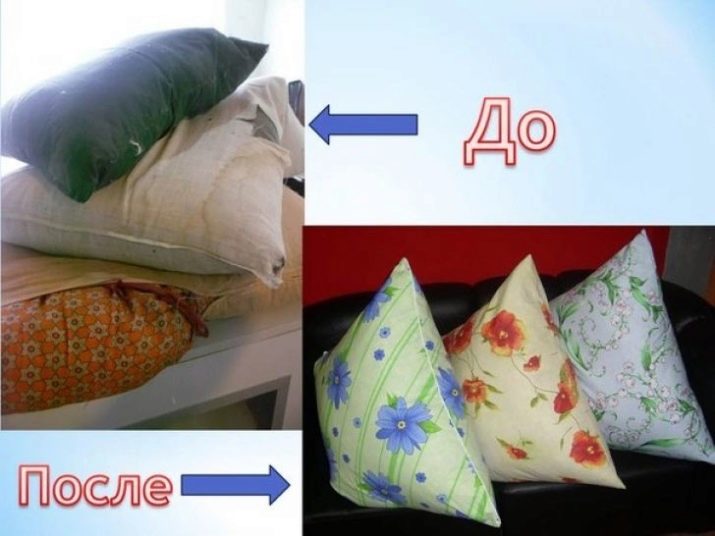
There is no need to be intimidated by this moment, everything is done easily and simply.
- First, you need to get a new pillowcase: you can buy it or sew it. Consider the properties of the pillow filler: if it is a feather, then get a dense pillowcase, if there is an artificial material inside, then pay attention to the fact that the fabric "breathes".
- If the cover is made with a zipper, it’s easier than ever to open it, otherwise you will need to rip one side. We do the same with a new copy.
- Next, you need to place the old bag with feathers in a new napert. Shaking it, carefully pour the contents of the pillow into a new cover.
- Next, you need to sew (if there is no zipper) the product. Ideally, it is best to stitch it on a sewing machine, after overcasting with wide stitches or securing the fabric with pins. But if you don't have a sewing machine, you have to work with your hands. It doesn't matter with what seam, the main thing is that it is reliable and tight. The old bedcloth is either sent to the wash and put aside until the next replacement, or they find another use for it in everyday life.
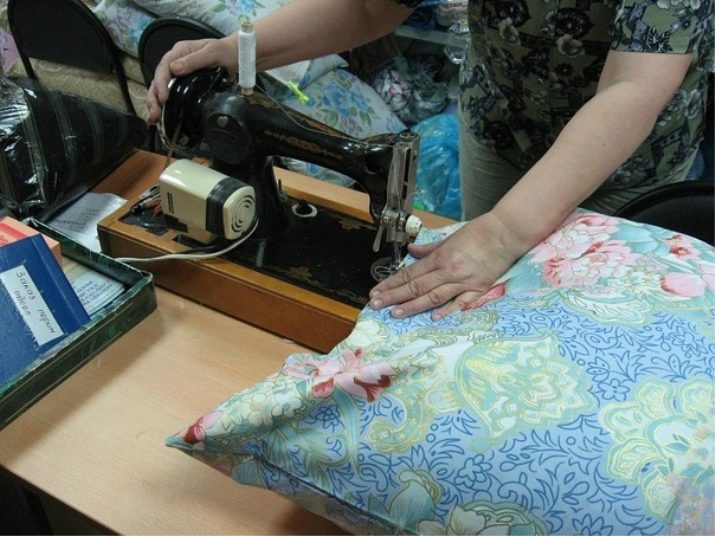
Operating tips
Considering that nowadays there are fewer and fewer feather and down fillers, then purely natural bedclothes are practically not found. But it is from 100% cotton that the best covers are made. These items are cleaned and washed in the same way as bed linen.
They easily tolerate machine rinsing, sun drying and ironing. Taking into account the fact that now naperniki are sewn from fabric with a synthetic base, when buying, pay attention to the fact that this figure does not exceed 40%. Such covers also need care.
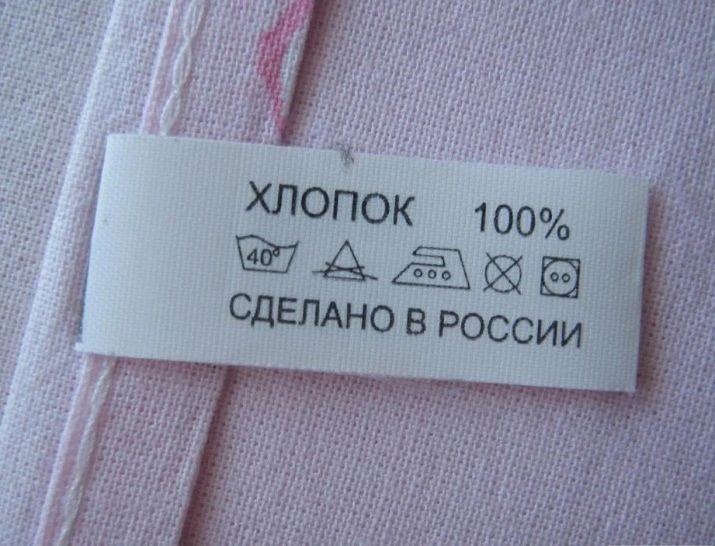
During sleep, a person sweats in one way or another, and the pillow absorbs these drops, and at the same time grease and dirt, which is why it is so important to regularly change not only bedding, but also intermediate covers. It is in this place that bacteria, fungal elements and even dust mites settle.
You may not even understand where all of a sudden you have an allergy or why acne popped up on your face. And the reason lies in the naperniki. If the pillow is made of a feather, it should be cleaned and the cover washed at least once every 4 weeks. In other cases - once every 4 months.

It is recommended to change the napernik to a new one, but you can also use steaming. First, the cover should be washed, dried and then ironed with a steam iron. You can also do this directly on the pillow (with a vertical steamer), if the base is not dirty. In this case, you will have to do the following:
- suspend the pillow and secure it well to an appropriate support to ensure it is in an upright position;
- steam all sides (preferably with a special device with vertical steaming);
- repeat the procedure for steaming the entire pillow again;
- dry the product in natural conditions, and then beat a little to straighten the contents.
If you keep the bedclothes clean, bed linen will not get dirty too often. Your own health and the health of your household depends on a fresh, clean pillow.
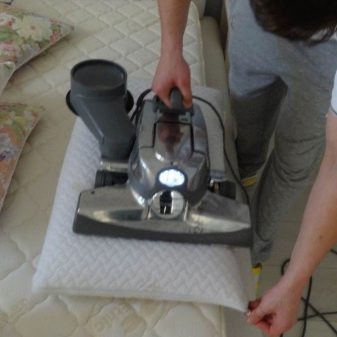

Experts recommend using sleeping pillows solely for their intended purpose, that is, for rest and sleep. They are not recommended to sit on or put under your back when reading, watching TV or working on a laptop.
In such cases, not only the covers but also the contents wear out. Materials lose their elasticity, hence the shape of the product changes, as a result - the pillow becomes unsuitable for further use.









